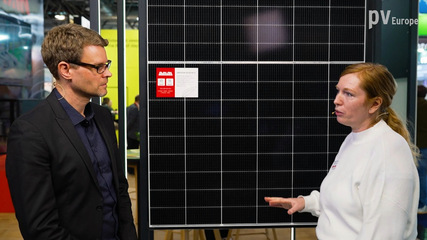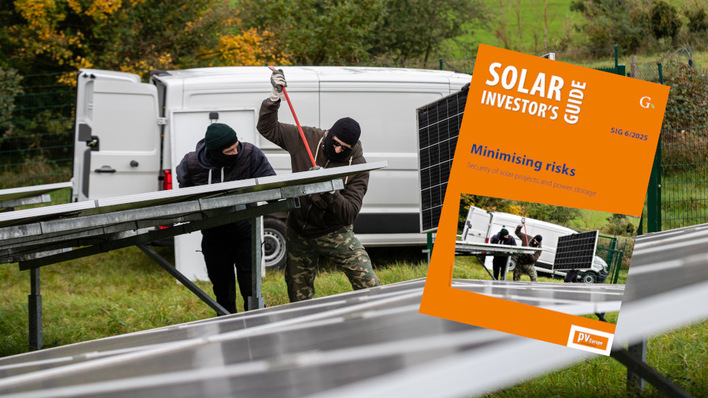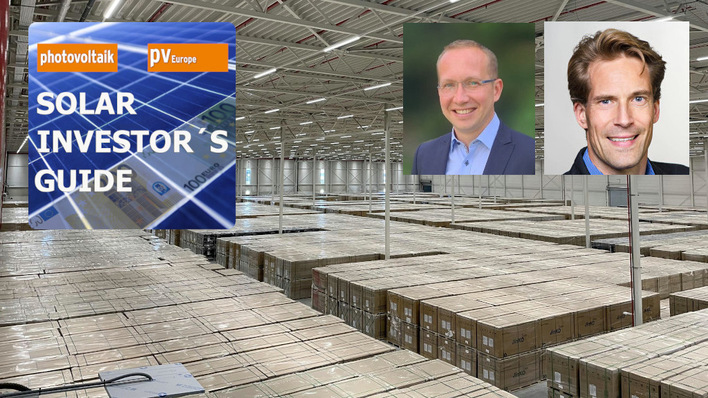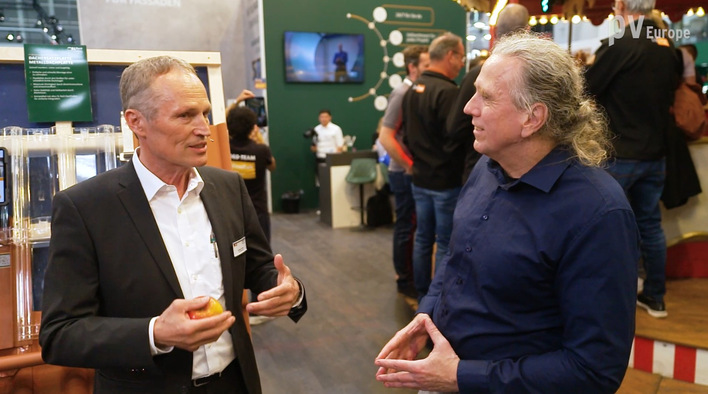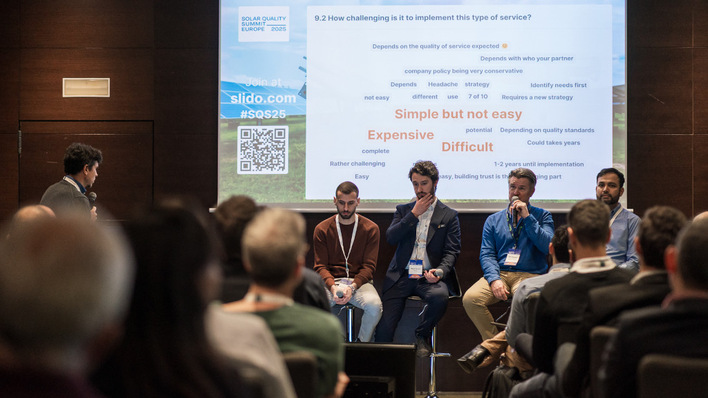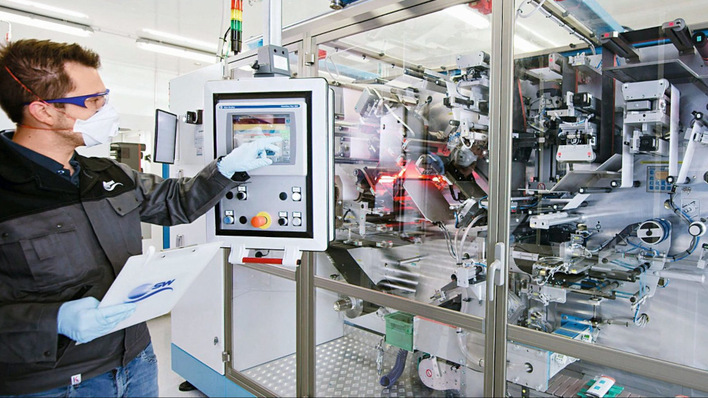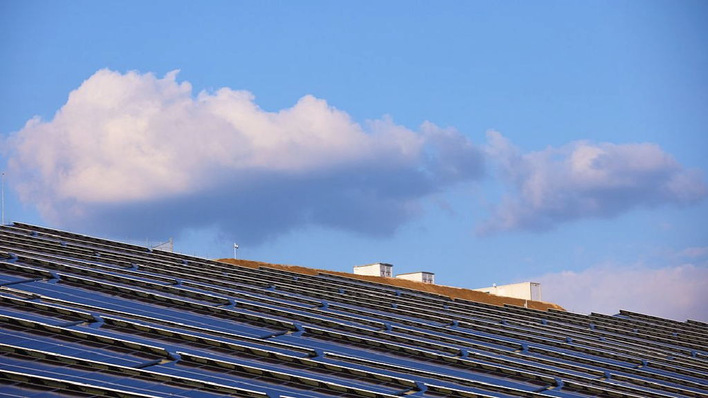Latest news
Latest videos
More videos
markets
financing
hybrid generators
inverter
mounting
What is photovoltaics?
Photovoltaics (PV) refers to the generation of electrical energy from sunlight. At the heart of this process are the solar-active semiconductors known as solar cells, which capture sunlight and convert it directly into electricity.
From a technical standpoint, a PV system or solar installation functions as a generator. Here, individual solar cells are combined into a solar module, which is protected from the elements. These modules are then assembled into a larger solar generator, which can be mounted on rooftops, façades, open ground or specially designed structures. The electricity generated is direct current (DC), which is converted into alternating current (AC) by an inverter. This AC power can be used directly on site or fed into the public grid via the building’s connection. The electricity is typically supplied to the local utility or grid operator.
Larger PV systems installed on open land are often called solar parks. These feed power into the grid via dedicated transformers and switchgear. In many countries special Acts and regulations govern remuneration for solar power, whether via feed-in tariffs or market premiums for direct sales to third parties.
Self-consumption can be increased by using solar power for heating water, room heating, air conditioning or refrigeration. Battery storage systems help by storing surplus solar electricity for later use. These so-called solar batteries improve system reliability, especially when solar output dips.
Not all incoming sunlight is converted into electricity. The conversion rate depends on the intensity and wavelength of the incoming light spectrum. This ratio between usable electrical output and the maximum available solar radiation is known as efficiency.
The performance of a solar generator or storage system is defined by its output. When multiplied by the number of sunshine hours, this gives the solar yield – the amount of electricity generated per day, month or year. In addition to charging and discharging power, solar batteries are also rated by their capacity, or the amount of energy they can store. Power is measured in kilowatts (kW) or megawatts (MW), while energy and yield are expressed in kilowatt-hours (kWh) or megawatt-hours (MWh). (HS)



